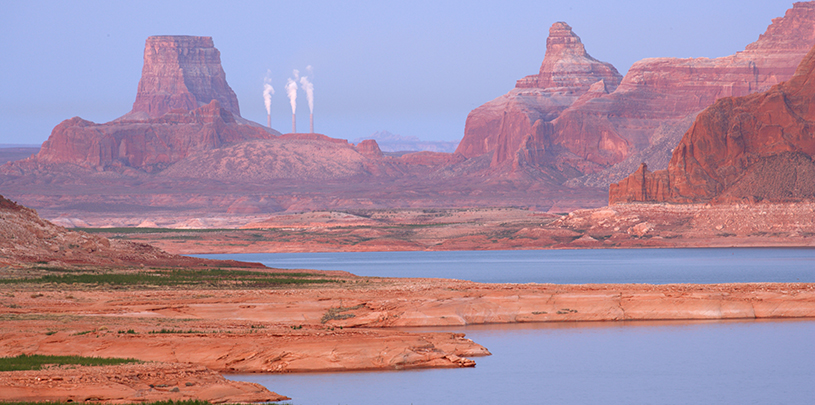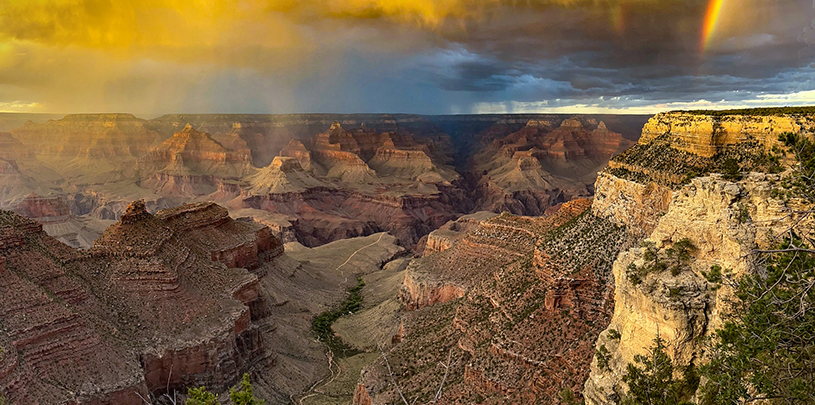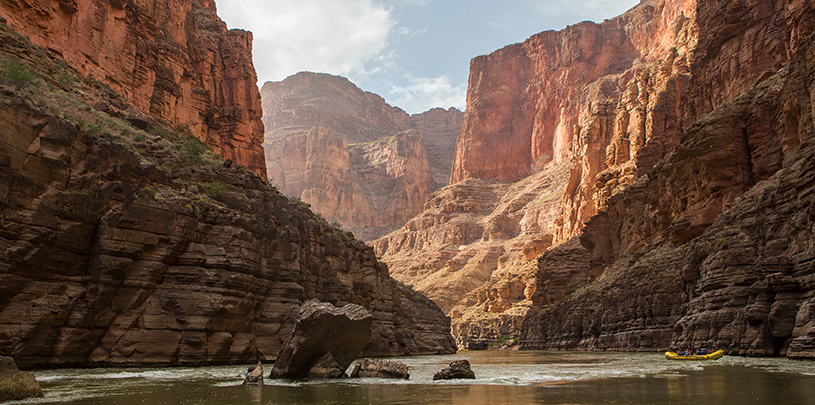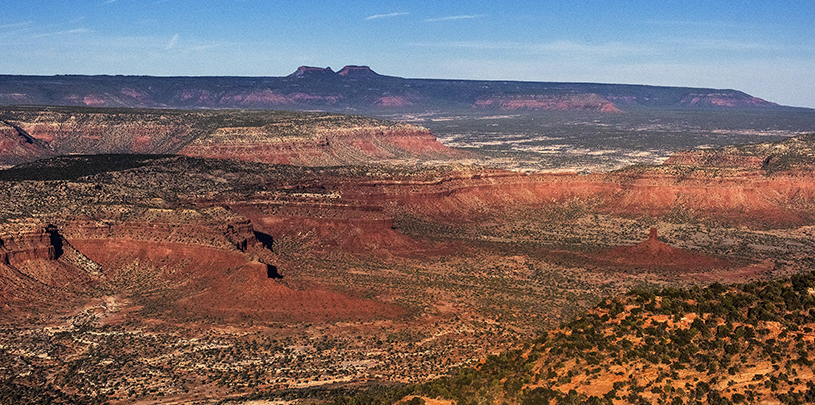
Standing on the rim of the Grand Canyon in 1991, President George Bush announced an agreement to install pollution controls on the nearby Navajo Generating Station to dramatically reduce the haze that routinely smudged the canyon’s spectacular vistas.
“We don’t see smog today. But sometimes smoke and fumes obscure this lovely view. And we’re here to say today, no more.” President Bush went on to say that the agreement would “help ensure cleaner skies and more breathtaking vistas for visitors.”
Bush added:
Whoever thought that we’d be able to get the Grand Canyon Trust, the Environmental Defense Fund, the Salt River Project, and the Arizona Public Service Company to reach an agreement, but it’s so good they did […] I think we owe a special thanks to Bill Reilly of the EPA, our Administrator.
Fast forward to yesterday. The confirmation hearing for Oklahoma Attorney General Scott Pruitt, who is nominated to be the next EPA Administrator, had begun, and as I watched it, I became increasingly dismayed at how things have changed since President Bush stood on the rim of the Grand Canyon and praised Administrator Reilly.
Scott Pruitt has sued the EPA 13 times over rules it issued to implement the Clean Air Act. In direct contrast to Bill Reilly’s approach at the Grand Canyon, Pruitt challenged the EPA’s rule to reduce haze in many national parks. He challenged the rule to reduce mercury from coal-fired power plants (the Trust negotiated with the owners of the San Juan power plant to install the first ever equipment to reduce mercury from a western power plant). Pruitt fought efforts to curb ozone. He sued to block the EPA’s determination that greenhouse gas pollution endangers health and the environment. He was directly involved in four separate attempts to block the Clean Power Plan in court. And he challenged the EPA’s carbon pollution standards for new power plants.
“I saw examples where the agency became dissatisfied with the tools Congress had given it to address certain issues, and bootstrapped its own powers and tools through rulemaking,” he said at yesterday’s hearing. Pruitt has repeatedly criticized the agency as a prime example of “federal overreach.”
Since the historic agreement to reduce view-obscuring pollution at the Grand Canyon 26 years ago, the Trust has continued to protect and restore the Colorado Plateau’s clean air by working to ensure that the Clean Air Act is enforced. As a citizen group enforcing the Clean Air Act, we worked with the EPA during negotiations to significantly reduce emissions from some of the largest polluters on the Colorado Plateau, including the Navajo, Mohave, Springerville, and San Juan power plants.
I am deeply concerned that if Scott Pruitt becomes the EPA Administrator, the ability of the agency to work with groups like the Grand Canyon Trust will disappear. I fear that professional staff at the agency will be muzzled and worse, many of the regulations created to implement and enforce the Clean Air Act may disappear.
How far he will go in weakening the EPA is hard to predict. But if his actions in Oklahoma‒where he disbanded the attorney general’s environmental protection unit and created a “federalism unit” to litigate against federal overreach‒are any indication, the Environmental Protection Agency may “protect” the environment in name only.




